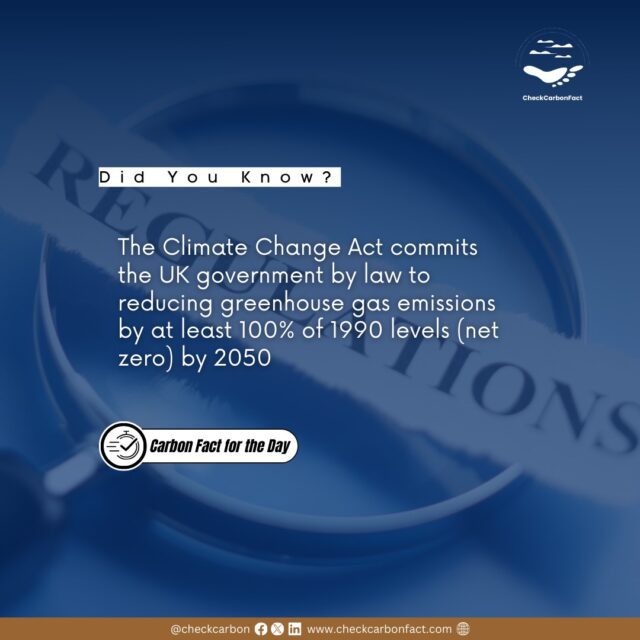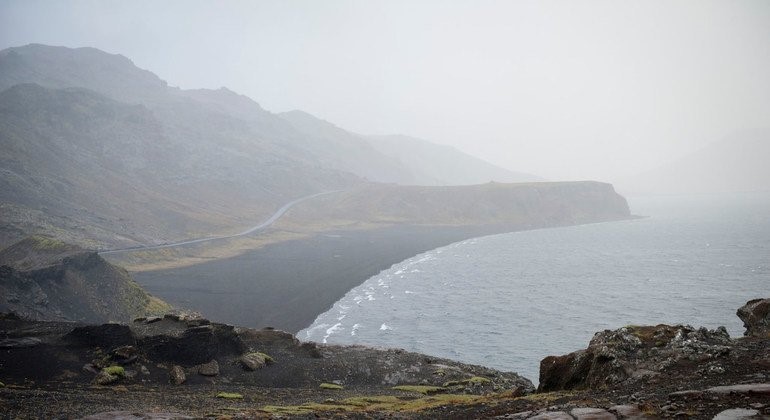After more than a decade of negotiations, the United Nations member countries have finally reached a landmark agreement – the UN Ocean Treaty. This treaty aims to protect the vast expanses of the world’s oceans that lie beyond national boundaries, known as the high seas. This treaty, crucial for enforcing the 30×30 pledge made at the UN biodiversity conference, aims to protect a third of the sea (and land) by 2030.
The significance of this agreement cannot be overstated, as until now, there has been no legal framework to establish Marine Protected Areas (MPAs) in the high seas. As such, it represents a crucial step towards reversing biodiversity losses and ensuring sustainable development in our oceans.
In this article, we will give you an overview of the treaty.
Understanding the High Seas
Agreed upon in March 2023, the treaty was formally adopted on 19 June by consensus at the UN Headquarters in New York, marking the culmination of nearly 20 years of discussions. The treaty complements the United Nations Convention on the Law of the Sea (UNCLOS), which provides the legal framework under which all human activities in the ocean take place. The treaty, covering almost two-thirds of the ocean outside national boundaries, will establish a conference of the parties (COP) to ensure accountability on governance and biodiversity issues.
The high seas encompass the vast expanses of the world’s oceans that lie beyond national jurisdictions. It constitutes approximately two-thirds of our planet’s marine environment. Within these waters, often referred to as international waters, all countries possess the right to engage in various activities such as fishing, shipping, and scientific research. This freedom, however, has come at a cost, as until the recent agreement of the UN Ocean Treaty, only a minuscule fraction of these high seas were under any form of protection.
Despite their remote and seemingly boundless nature, the high seas are not immune to human activities. Overfishing, pollution, and the impacts of climate change have left their mark on these expansive waters, threatening the delicate balance of marine ecosystems that thrive therein. The lack of regulatory frameworks to govern these activities has exacerbated the situation, leading to biodiversity losses and the degradation of critical marine habitats.
Marine Species at Risk
The biodiversity of the high seas is immense, hosting a plethora of marine species ranging from the majestic humpback whale to the elusive deep-sea organisms that dwell in the abyssal depths. However, this biodiversity is under severe threat, with nearly 10% of marine species facing the risk of extinction, according to assessments by the International Union for Conservation of Nature (IUCN).
Among the most vulnerable are species such as sharks, whales, and abalone, coveted for their economic value as seafood and pharmaceutical resources. Overexploitation through fishing and habitat destruction due to pollution have pushed these species to the brink. Moreover, the looming spectre of climate change exacerbates their plight, with rising temperatures and ocean acidification posing additional challenges.
The Urgent Need for Protection
Across the globe, marine ecosystems are under siege from a barrage of anthropogenic threats, necessitating immediate and concerted action to prevent irreversible damage. Some of the most critical threats marine life faces include:
-
Overfishing
One of the most pressing concerns facing our oceans is overfishing, a practice that has escalated to unsustainable levels. Commercial fishing operations, driven by an insatiable demand for seafood, have ravaged fish populations, pushing many species to the brink of extinction. The consequences extend far beyond depleted fish stocks; entire marine food webs are destabilised, jeopardising the ecological balance upon which countless species depend.
-
Plastic Pollution
In addition to overfishing, plastic pollution poses a pervasive and insidious threat to marine life. From the vast expanses of the open ocean to the deepest abyssal trenches, plastic waste litters our seas, entangling marine animals and infiltrating their habitats. Birds, fish, and marine mammals alike fall victim to this human-made scourge, suffering injury, starvation, and death as a result of ingesting or becoming ensnared in plastic debris.
-
Climate Change
Perhaps the most formidable adversary facing our oceans is climate change, a phenomenon driven by the relentless emission of greenhouse gases. Rising sea temperatures, ocean acidification, and intensifying marine heat waves wreak havoc on coral reefs, kelp forests, and other fragile marine ecosystems. Species reliant on these habitats for shelter, food, and reproduction face existential threats as their habitats become increasingly inhospitable in a rapidly changing climate.
-
Biodiversity Loss
Amidst these mounting challenges, marine biodiversity is in precipitous decline. The loss of keystone species, such as sharks, sea turtles, and coral reefs, reverberates throughout entire ecosystems, diminishing resilience and compromising ecosystem services upon which human societies depend. Urgent action is needed to stem the tide of biodiversity loss and protect the rich tapestry of life that inhabits our oceans before irreparable harm is done.
-
Fragmented Governance
Compounding these challenges is the fragmented governance of international waters, lacking cohesive regulation and oversight. Without a unified approach to ocean governance, critical marine habitats remain vulnerable to exploitation and degradation, perpetuating a cycle of environmental decline. Addressing this governance gap is paramount to enacting meaningful change and safeguarding the future of our oceans for generations to come.
Objectives of the UN Ocean Treaty
The UN Ocean Treaty sets out four main objectives aimed at addressing the pressing challenges facing international waters:
-
Establishment of Marine Protected Areas (MPAs):
One of the treaty’s most significant achievements is paving the way for the creation of large-scale MPAs akin to terrestrial national parks. These protected areas will cover approximately 30% of the world’s oceans, where damaging activities such as commercial fishing and oil drilling will be restricted or prohibited. MPAs are crucial for enhancing ocean resilience in the face of climate change. By setting aside these areas, the treaty seeks to mitigate the threats posed by overfishing, pollution, and habitat destruction.
These MPAs serve as sanctuaries for marine species, providing refuge and allowing populations to recover from past exploitation. Importantly, they contribute to the broader global initiative to protect 30% of the world’s oceans by 2030, a target crucial for safeguarding marine biodiversity and ecosystem services. By balancing the needs of human societies with the imperative of protecting marine ecosystems, the UN Ocean Treaty charts a path towards a more sustainable and equitable future for our oceans.
-
Regulation of Marine Genetic Resources:
The treaty regulates access to and benefit-sharing from marine genetic resources, vital for pharmaceutical and cosmetic development. Ensuring fair and equitable sharing of these resources was a contentious issue during negotiations, highlighting the importance of global cooperation.
-
Accessibility of Research:
The treaty aims to make research conducted in international waters more accessible and inclusive, particularly for developing countries. This provision underscores the importance of scientific collaboration in understanding and conserving marine biodiversity.
-
Global Standards for Environmental Impact Assessments:
Setting global standards for environmental impact assessments on commercial activities in the ocean is another crucial aspect of the treaty. These assessments will consider cumulative impacts, ensuring that the overall environmental impact of various activities is thoroughly evaluated and mitigated.
Addressing Deep-Sea Activities
Deep-sea activities, particularly deep-sea mining, pose significant risks to marine ecosystems. The UN Ocean Treaty acknowledges these concerns and incorporates measures to address them. One of the key provisions is the requirement for environmental impact assessments (EIAs) before undertaking deep-sea activities. These assessments are crucial for evaluating the potential impacts on marine life and ecosystems, including vulnerable species and habitats.
However, while EIAs are essential, there are lingering concerns about their effectiveness and transparency. Critics point out that countries will conduct their own assessments and make final decisions, potentially leading to conflicts of interest or biassed outcomes. To address these concerns, there needs to be robust oversight and accountability mechanisms in place to ensure that EIAs are conducted impartially and that the interests of marine conservation are prioritised.
Sharing Marine Resources
The UN Ocean Treaty recognises the potential benefits of marine genetic resources for society, including in areas such as pharmaceuticals, biotechnology, and food production. To promote fair and equitable access to these resources, the treaty includes provisions for sharing discoveries among countries. This is particularly important for poorer nations that may lack the resources to undertake independent research and exploration activities.
However, the issue of how to fairly allocate and distribute the benefits derived from marine resources remains a challenge. The value of ocean resources is not well understood, making it difficult to determine how they should be shared. Moreover, ensuring that benefits are distributed equitably requires mechanisms for transparency and accountability, as well as safeguards against exploitation or unequal power dynamics.
Implementation and Support
The successful implementation of the UN Ocean Treaty hinges on the support and commitment of member countries. While the agreement represents a significant milestone in international cooperation for ocean conservation, its effectiveness depends on how well it is translated into action at the national and international levels. This includes the adoption of domestic legislation by signatory countries and the allocation of resources for enforcement and monitoring.
Moreover, effective implementation requires ongoing collaboration and coordination among countries, as well as engagement with relevant stakeholders, including the scientific community, environmental organisations, and industry representatives. Capacity-building efforts may also be necessary, particularly for developing countries, to ensure they have the resources and expertise to fulfil their obligations under the treaty.
A Call to Action
The UN Ocean Treaty represents a historic step towards protecting our oceans and the diverse life they support. By addressing key threats and establishing mechanisms for conservation and sustainable use, the treaty offers hope for the future of our marine ecosystems. However, while the agreement represents a significant milestone, its success hinges on effective implementation by member countries. Collaborative efforts are essential not only for protecting international waters but also for safeguarding the livelihoods and cultural heritage of billions of people who depend on the ocean for sustenance and economic well-being. The UN Ocean Treaty heralds a new era of global cooperation and commitment to protecting our most precious natural resource – the ocean.
About CheckCarbonFact
CheckCarbonFact is a social accountability platform for promoting sustainability and responsible climate action by citizens, businesses and government. Read more about us here: https://checkcarbonfact.com/about/
Carbon Fact for the Day

Found it interesting and would like more in the mail?




